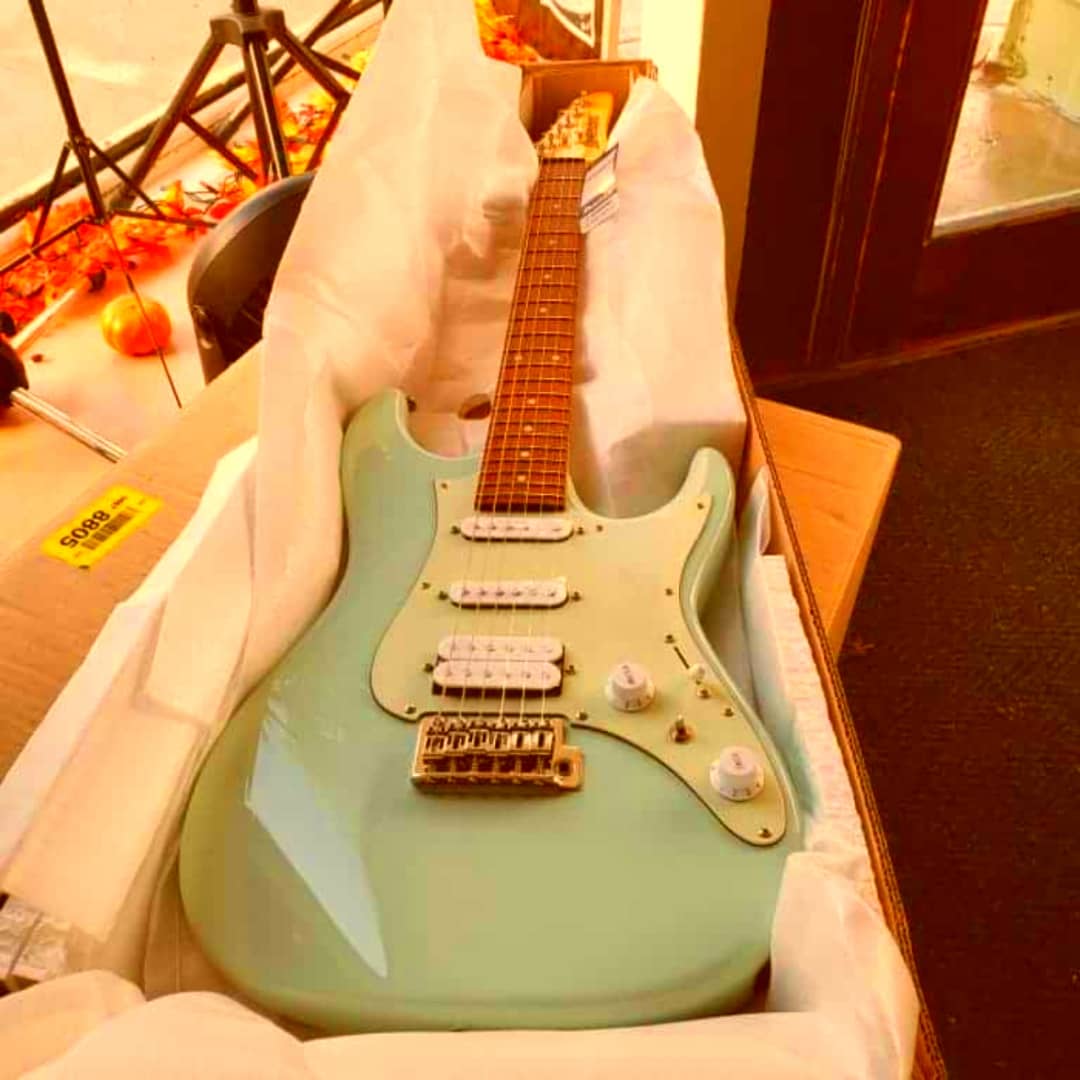As a musician, your instruments are not just tools but cherished companions that have helped you create beautiful melodies and express your emotions. Whether you’re a professional musician traveling for performances or an enthusiast going to a jam session, ensuring the safety of your beloved instruments during transport is crucial. In this blog post, we will explore essential tips and techniques for transporting your instruments safely, preventing potential damage and preserving the integrity of your musical companions.
Choosing the Right Case:
The foundation of safe instrument transportation lies in selecting a suitable case. While soft cases offer convenience and lighter weight, they provide limited protection against impact and environmental factors. Hardshell cases, on the other hand, provide superior protection but are bulkier and heavier. Consider the specific needs of your instrument and opt for a case that provides a balance between protection and portability.
Additionally, investing in a case with a sturdy exterior, padded interior, and secure latches will safeguard your instrument from accidental drops, bumps, and jostling. Ensure the case has a snug fit to prevent internal movement during transportation. Adding extra padding or cushioning inside the case can also help absorb any shocks or vibrations that may occur during transit.
Climate Control and Humidity:
Extreme temperatures and humidity can severely affect the condition of your instruments. Sudden temperature changes can cause wood to expand or contract, leading to cracks or warping. Similarly, high humidity levels can cause damage to strings, metal components, and even electronic instruments.
To mitigate these risks, avoid leaving your instrument in a hot or cold car for extended periods. When transporting your instrument, ensure it is not exposed to direct sunlight or extreme temperature variations. Consider using a climate-controlled vehicle or invest in a temperature-regulated case to maintain a stable environment for your instrument during transit.
Secure Positioning and Additional Protection:
Proper positioning and securing your instrument inside the case are vital to prevent any internal damage. For stringed instruments like guitars or violins, loosen the tension of the strings slightly to alleviate pressure on the neck and minimize the risk of warping.
To further protect your instrument, consider using additional accessories such as straps, foam inserts, or bubble wrap to provide extra cushioning and prevent movement inside the case. These precautions will help absorb shocks and vibrations that may occur during transport.
Carry-On or Checked Luggage:
When traveling by air, it is essential to decide whether to carry your instrument as a carry-on or check it as luggage. Many airlines have specific guidelines for musical instruments, allowing them as carry-on items if they meet size and weight restrictions. Carrying your instrument with you in the cabin minimizes the risk of damage caused by mishandling during baggage handling processes. However, if your instrument is too large or exceeds airline regulations, you may need to check it as oversized luggage and take extra precautions to ensure its safety.
Transporting your beloved instruments safely requires a combination of careful planning and proper protective measures. By choosing the right case, controlling the instrument’s environment, securing its position, and considering the appropriate transportation method, you can significantly reduce the risk of damage during transit. Remember, your instruments are not just objects; they hold immense sentimental and artistic value. Treat them with the care and attention they deserve, allowing you to continue creating beautiful music for years to come.

